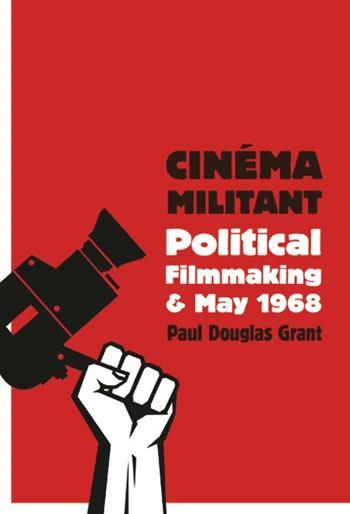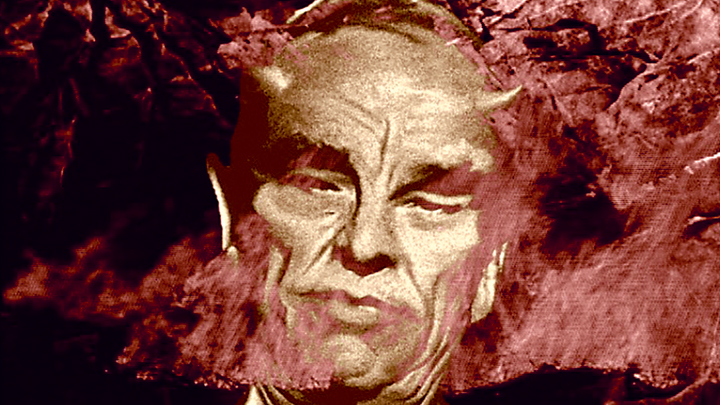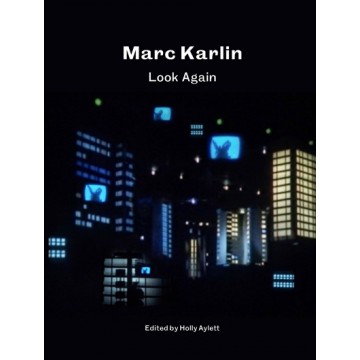
Here’s the excerpt that fills in some details to the already reported State of the Estate, back in June. You can follow Serge Toubiana’s blog at blog.cinematheque.fr.
L’acquisition d’archives payantes est-elle une option ?
[…]
Il y aussi le cas de Chris Marker, qui n’a pas fait de testament. Au cours des dernières années de sa vie, il était logé chez Costa-Gavras, président de la Cinémathèque, et il avait dit qu’il laisserait une lettre précisant ce qu’il voulait faire de ses archives. Mais on n’a rien trouvé de tel. A sa mort, il y a donc eu un inventaire sommaire et une recherche de descendance qui a identifié six personnes au 5e et 6e degrés… Nous leur avons fait une proposition qui a été retenue et nous avons acquis le fonds pour 40 000 euros. Nous nous sommes trouvés face à une sorte de gigantesque foutoir avec des lots énormes de photos, de négatifs, de disques durs, d’ordinateurs, tout le travail qu’il faisait sur Second Life, des centaines de petits objets, de collages, de journaux… Il gardait tout. Mais qu’en faire ? C’est un travail considérable. Nous avons constitué une équipe en interne chargée de poursuivre l’inventaire et de travailler sur le fonds numérique. De plus, un comité scientifique se réunit régulièrement. Comment montrer l’arborescence de cette œuvre hybride? Chris Marker était un média à lui tout seul. Peut-être faudra-t-il associer des ingénieurs à cette réflexion… Il y aura sans doute un événement Marker à la Cinémathèque en 2017 ou 2018.Serge Toubiana, interviewed by Louis Guichard, “Serge Toubiana : “Le don des archives Demy à la Cinémathèque est un geste de confiance et d’amitié”, www.telerama.fr
ROUGH ENGLISH TRANSLATION
Is paying for archival acquisitions an option?
[…]
There is also the case of Chris Marker, who did not create a will. In the course of the last years of his life, he was living with Costa-Gavras, President of the Cinémathèque, and he had said that he would leave a letter specifying what he wished to do with his archives. But nothing like this was found. With his death, a summary inventory took place, along with research into his heirs that identified six persons removed by 5 or 6 degrees… We made them a proposition that was agreed upon and we acquired the estate for 40,000 Euros. We found ourselves faced with a sort of gigantic shambles, with enormous stacks of photos, negatives, hard drives, computers, all the work that he conducted in/on Second Life, hundreds of small objects, collages, journals… He kept everything. But what to do with it? It’s a considerable piece of work. We put together a team internally, charged with pursuing the inventory and working on the digital archive. In addition, a scientific committee meets regularly. How to present the tree structure of this hybrid work? Chris Marker was a media [enterprise] unto himself. Perhaps it will be necessary to have engineers consider this reflection… There will be without a doubt a Marker event at the Cinémathèque in 2017 or 2018.





